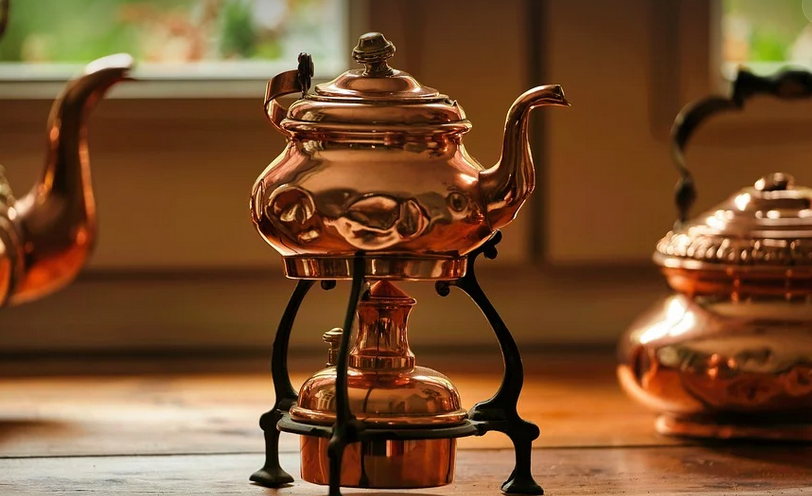
How To Sanitize Wooden Spoons: A Complete Guide
Keeping Your Kitchen Clean & Safe
Wooden spoons, with their charming rustic look and feel, are a staple in any kitchen. They’re perfect for stirring sauces, whisking batter, and adding that authentic touch to homemade dishes. But have you ever wondered how to ensure these trusty tools stay clean and hygienic? Especially when you’re dealing with cooking oils, spices, and other potential contaminants.
The Importance of Sanitization
Think about it: your wooden spoons come into contact with so many different ingredients. From raw meats to fresh fruits, they touch almost everything in the kitchen. This constant exposure means a level of cleanliness is paramount for good hygiene and preventing foodborne illnesses.
Neglecting proper sanitization can lead to bacteria buildup, mold growth, and even unpleasant odors lingering around your kitchen. And who wants their favorite spoon to develop a rather unappealing “musty” aroma, right? So let’s dive into the world of wooden spoon sanitation for a healthier and happier approach to cooking.
Understanding the Different Methods
There are various methods to choose from when sanitizing your wooden spoons. Let’s explore some common approaches:
1. The Classic Boiling Method
This method is one of the most straightforward and reliable, offering a quick clean in under a few minutes. Simply fill a pot or saucepan with water, bring it to a rolling boil, then submerge your wooden spoons inside for 5 minutes.
Here’s why this method works: boiling water effectively eliminates bacteria and viruses present on the surfaces of your spoons. The steam generated by the boiling water acts as a natural disinfectant, further sanitizing your spoons. It’s a simple, effective, and economical way to clean them.
2. The Power of Sunlight
Sunlight is another excellent method for sterilization. If you live in an area with ample sunshine, you can expose your wooden spoons to direct sunlight for at least 30 minutes. Remember that prolonged exposure to intense sunlight isn’t detrimental to the wood.
The ultraviolet rays present in sunlight act as a natural disinfectant, killing off bacteria and preventing mold growth. This method is particularly useful if you want a gentle approach without harsh chemicals. It’s also an eco-friendly option.
3. The Soap and Water Method
For everyday cleaning and light sanitization of wooden spoons, this method works wonders. Combine mild dish soap with warm water in a clean bowl or basin. Soaking your spoons for several minutes helps remove surface grime, grease, and any lingering food particles.
Before rinsing thoroughly, consider a gentle scrub using a soft-bristled brush to remove stubborn food remnants. After the initial wash, rinse off all soap residue and give them a thorough air dry before storing.
4. The Baking Soda Booster
For deeper cleaning, add a sprinkle of baking soda to your soapy water. Baking soda is known for its natural cleansing and deodorizing properties. It helps to break down stubborn stains and neutralizes any lingering odors. Adding baking soda will help achieve an extra level of cleanliness.
Remember to use the appropriate amount of baking soda and avoid overloading your spoon with it, as this could potentially darken or even damage the wood. After washing and rinsing, ensure your spoons are completely dry before storing them in a dry place.
A Few Extra Tips
Here’s what else you can do to keep your wooden spoons in top-notch shape:
**1. Drying is Key:** Moisture poses the biggest threat to the longevity and hygiene of your wooden spoons. After washing, dry them thoroughly before storing or using them again.
**2. Storage Matters:** Store your wooden spoons in a well-ventilated area free from any moisture or humidity. Avoid stacking them directly on top of each other, as this can increase the chances of warping and damage. Consider placing them on a shelf with good airflow for optimal hygiene.
**3. Handwash Only:** While you may be tempted to throw them in the dishwasher, it’s best to hand wash your wooden spoons for a gentler approach. Dishwashing machines use high heat and harsh chemicals that can damage the wood over time.
**4. Protect Your Wood:** Apply a food-grade beeswax polish or mineral oil to seal the wood and add extra protection against stains, moisture, and wear & tear. This will help preserve the wood’s natural beauty and extend its lifespan.
Final Thoughts: A Happy Kitchen
So there you have it! By following these simple steps and incorporating good practices into your kitchen routine, you can ensure that your wooden spoons remain perfectly sanitized, ready to enhance your culinary experiences for years to come. Your spoons will be clean, safe, and ready to whisk, stir, and create delicious delights in the kitchen.